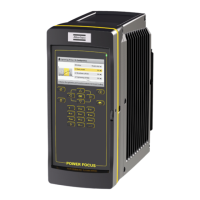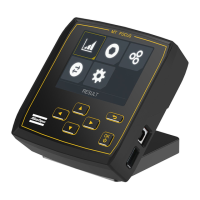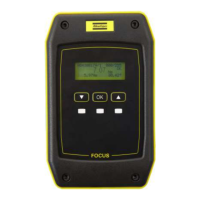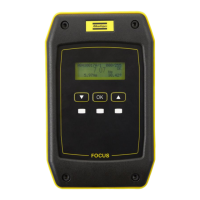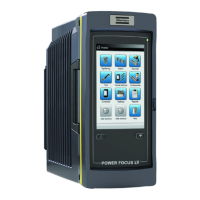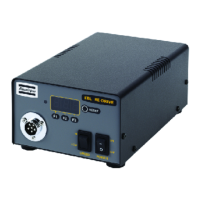14 15
Basic Programming
The power focus 6000 tightening programs
need parameters such as target torque or
target angle to be set in order to perform a
tightening. Other settings – soft start, self
tap, and torque compensation – are optional,
just as setting which tightening strategy
to use. Monitor the tightening progress
by adding limits for torque, or specified
tightening angle.
In the general Pset settings you can set up
and manage the Psets by naming them and
making general tightening settings. Choose
tightening strategy, manual or quick prog
mode, and set the Pset target value.
To the right you can see a configured Pset
named Two step tight that uses a two step
tightening strategy set to the Target torque of
15 Nm
By clicking on “two step” in the strategy
box you can change strategy from two step
to TurboTight etc. Find more configuration
options by clicking on edit under tightening
parameters or loosing parameters.
For more information regarding
programming please use the power focus
6000 configuration guide with detailed
information on each menu item and the
configuration.
Open Protocol
The Power Focus 6000 enables communication
trough open protocol. The Atlas Copco Open
Protocol is a standard communication protocol
developed to facilitate communication
between our controllers and external parties in
the customer’s production processes.
Open Protocol is an interface for building
applications for remote control or data
subscription of controllers. It is platform
independent and can be implemented
on Linux, PLC, printers, and all Windows
platforms. The Open Protocol supports
Ethernet connection with the Power Focus
6000.
An Open Protocol message consists of
three parts; header, data field and message
end. Depending on type of communication,
a package includes the message and an
encapsulation before and after.
The MID, or message ID, is represented by a
four digit number (for example MID 0062 for
Vehicle ID Number upload). Each MID can have several revisions. Usually
a new revision is created when more data is included and the length of
the message needs to be increased. MID revisions are added to ensure
backwards compatibility.
For a full overview of what information, or MIDs (Message IDs) and
revisions, are supported with the Power Focus 6000 please see the Open
Protocol Appendix (picture above) provided in the Marketing and Support
Web Portal. The main value with Open Protocol is to provide a standard
and easy-to-use communication protocol. It can be set up in minutes and
integrated with your production processes in your plant. Through the years
“Open Protocol” has become an industry standard to communicate with
tightening equipment on assembly lines.
